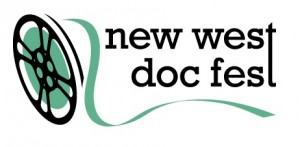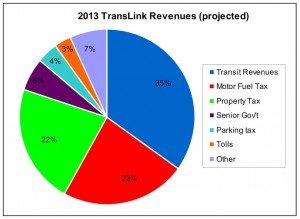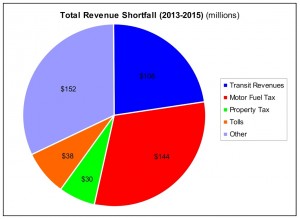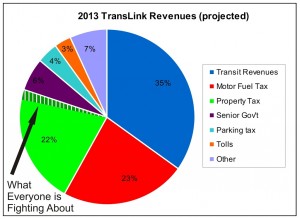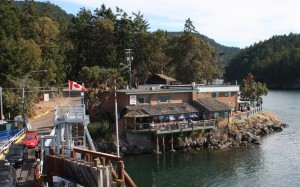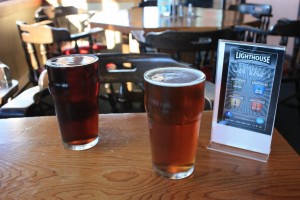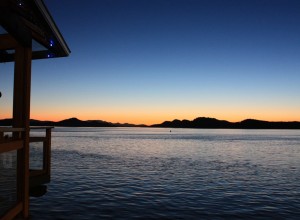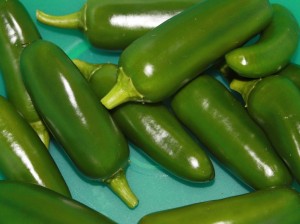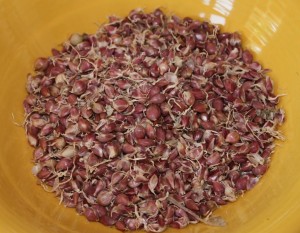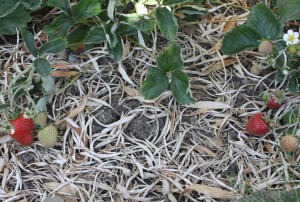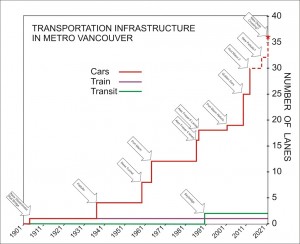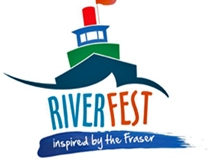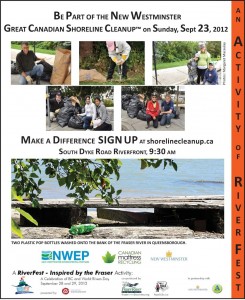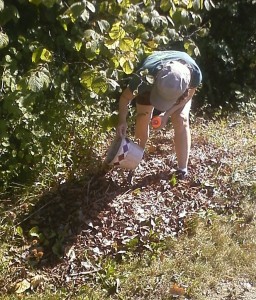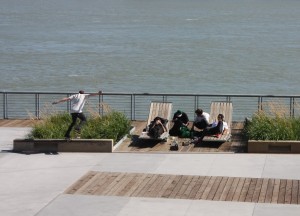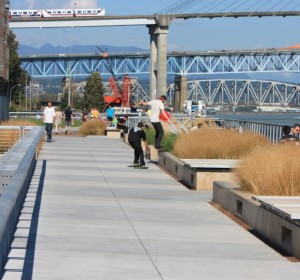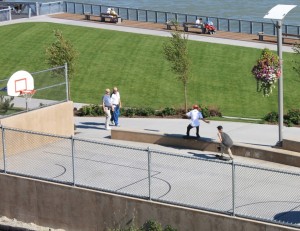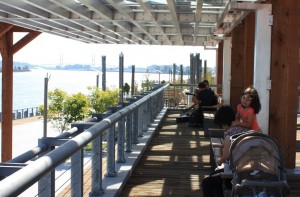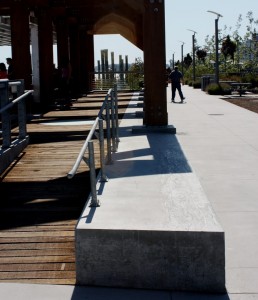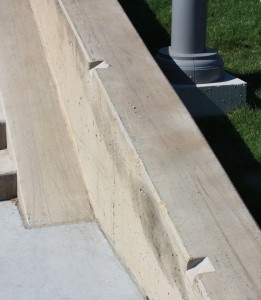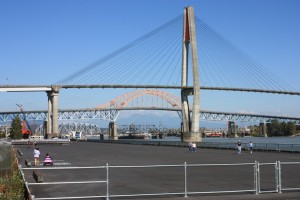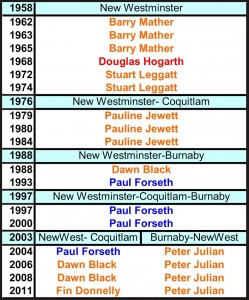I’m going to stop apologizing for not writing more often. I’m freaking busy, OK? Get off my back! (Hi Mom!)
There are no less than three names that need naming in New West over the next year or two.
The School board is currently asking the public to propose names for the two new schools that are going to be built in the next couple of years – the Elementary School on the old St. Mary’s Hospital site, and the Middle school to be built on the John Robson school site. Also, the City is starting to throw around the idea of a proper name for the “Multi-Use Civic Facility” building downtown, as no-one sees “MUCF” as a keeper. The unique part of this is that the City is discussing options around selling the naming rights to the centre to cover some of the operational costs.
Since it is time-sensitive, let’s talk Schools first. The Board of Education wants your ideas and opinions, at least until October 31st. Both school sites present interesting opportunities to look at the past and look forward.
The School we have been calling the St. Mary’s Site, for example, could be called St. Mary’s Elementary, to honour the history of the hospital, although that may create both good and bad associations for people, depending on how you view the closing of the facility (I recommend Jaimie McEvoy’s book for a comprehensive history of the Hospital) or the use of Christian Symbols for naming public institutions. However, the Hospital could also be remembered by honoring the people who played an important role in the Hospital’s History (such as Esther Pariseau or Florence Hagarty… just as examples; I leave it to better historians than I to sift through the history of that site).
The first question I would have about the naming of the Middle School on the John Robson site, is who was John Robson, and is there any reason not to carry on his legacy with the new school on the same site? The guy was New Westminster founder, newspaper editor, early Town Councillor in New West and eventually Premier of the Province. He was also an outspoken advocate for public education. It would be a shame to lose that naming legacy.
However, what about New Westminster people who might fittingly be honoured with having a school named for them, and may create a more personal association for today an tomorrow’s Middle-School students? I have heard the name Eva Markvoort suggested, but maybe there are other important people in New Westminster’s more recent history the Board of Education may consider?
I guess I am of the type who feels Schools should be named after people, preferably local historical figures. Even if I shamefully still can’t tell you who Stanley Humphries actually was!
Meanwhile, The City was wondering if we should sell the name to the MUCF, but have now apparently taken that off the table. This will probably generate a healthy debate – the idea of selling the name of a publicly-financed and publicly-built community centre to a Corporation just rubs a lot of people the wrong way. However, some would suggest the City, already facing criticism over some financial risks taken on the MUCF/Office Tower, shouldn’t turn down the steady income stream from naming rights. There are some people in this town who will accuse the City of doing it wrong, no matter what they do, leaving us with the less desirable judgement call if the revenue generated will outweigh the controversy generated. Alas, Remember the quasi-controversy around the non-naming of BC Place?
So in the short-term we probably need to put the corporate naming issue aside, and concentrate on a good name for the centre, regardless of whether a corporation can attach their name to the side of it.
As this is a City facility, and it is an Arts and Culture facility (as opposed to a sports facility), you would think we cold find a name that represents the Arts and Culture of the City. Like many in this City, I could see this being part of the Hyack tradition in the City. I proffered, tongue somewhat in cheek: The Hyackulum. Sounds historic, monumental, eternal, and includes the Hyack tradition! The XL Meats Hyackulum! You heard it hear first.
But all that Hyack talk got me thinking about Muni Evers. He was the longest serving mayor of the City (13 years) and was Mayor when the City founded the Hyack Society. His reasoning at the time was that he thought the City needed some “spark”, which is a curious 1970s version of exactly what we are hoping the MUCF does for us now. Evers was a WW2 veteran, a pharmacist, and Member of the Order of Canada. When he left office in 1982, I was a 12-year not looking forward to my 4 years at Stanley Humphries, so I have no memory of Mayor Evers’ politics, personality, or profile. However, he served the City longer than any other mayor, and he helped build the institution that has been at the centre of almost every annual event that we, in New Westminster, call our own. Maybe having his name on the side of the MUCF – say the Muni Evers Cultural Centre – might be a nice way to honour the contribution. ?
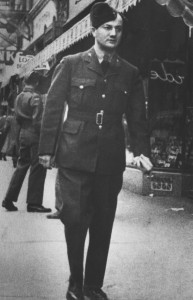 |
| Photo of a snappy Muni Every in his Air Force uniform in 1940, |
I even like the fact his name creates an interesting play on words, suggesting a permanent legacy for the community. Best part of all, you just can’t stick a Corporate Label on the front of that name.
